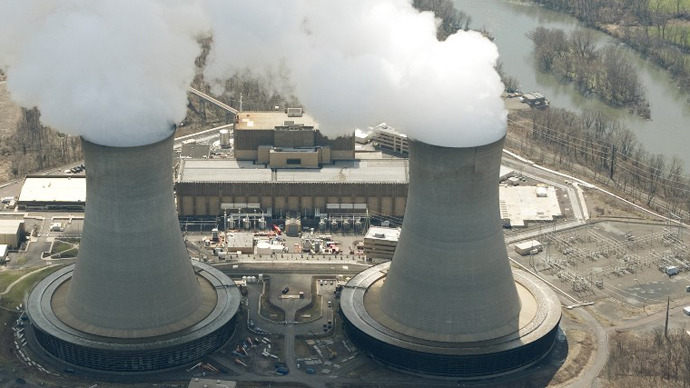
An aerial view of the Limerick Generating Station, a nuclear power plant in Pottstown, Pennsylvania. (AFP Photo / Stan Honda)
submitted by Albert Gomez
rt.com - April 9, 2013
nytimes.com - by Matthew L. Wald - April 8, 2013
All 104 nuclear reactors currently operational in the US have irreparable safety issues and should be taken out of commission and replaced, former chairman of the US Nuclear Regulatory Commission, Gregory B. Jaczko said.
The comments, made during the Carnegie International Nuclear Policy Conference, are “highly unusual” for a current or former member of the safety commission, according to The New York Times. Asked why he had suddenly decided to make the remarks, Jaczko implied that he had only recently arrived at these conclusions following the serious aftermath of Japan’s tsunami-stricken Fukushima Daichii nuclear facility.
(READ COMPLETE ARTICLE - RT.COM)
(READ COMPLETE ARTICLE - NYTIMES.COM)








Recent Comments